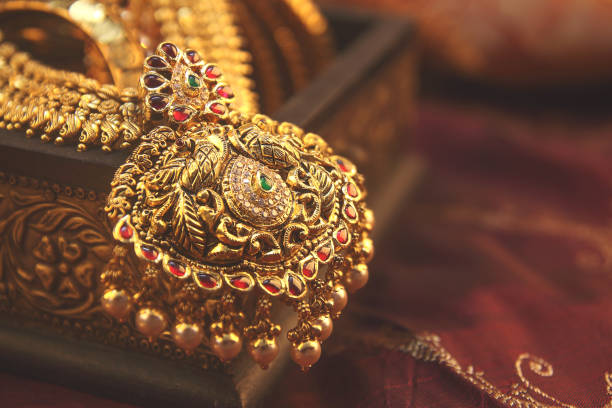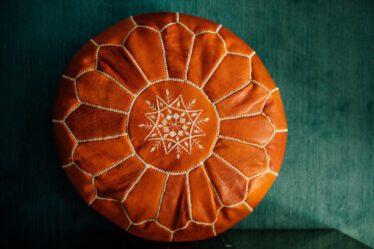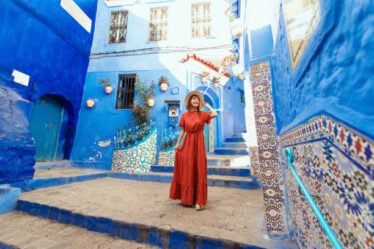
Moroccan jewelry is another fascinating area of Moroccan craftsmanship, rich in history and symbolism. Traditional Moroccan jewelry, especially that worn on ceremonial occasions and festivals, is an exceptional piece, handcrafted by skilled artisans. This article plunges you into the world of Moroccan jewelry, its techniques and cultural significance.
Morocco is a land of cultural diversity, and this is reflected in its jewelry. Moroccan jewelry is often divided into two main categories: Berber and Arab jewelry. Berber jewelry are known for their imposing size, raw style and use of materials such as silver, coral and amber. Each piece is rich in symbolism and often has spiritual or protective significance.
On the other hand, Arab jewelry, particularly that produced in major cities such as Fez or Marrakech, is generally finer and makes greater use of gold. Artisan jewelers in these cities are renowned for their mastery of engraving and inlay techniques, producing delicate, elegant pieces. These jewels, often worn at weddings or religious celebrations, are symbols of wealth and prestige.
Jewelry-making in Morocco is a complex process. Artisans generally work with precious materials such as gold and silver, which they shape by hand. Filigree, granulation and gemstone inlay techniques are commonly used to create intricate, refined designs. Each piece is unique, with meticulous attention to detail.
In addition to their aesthetic function, Moroccan jewelry also has a social and spiritual purpose. In Berber culture, for example, jewelry is worn not only for its beauty, but also as protective amulets. Certain pendants or necklaces are said to ward off evil spirits or bring prosperity. Fibulas, large brooches used to fasten clothing, are a classic example of jewelry that is both functional and symbolic.
The importance of jewelry in Moroccan culture cannot be underestimated. Jewelry is often handed down from generation to generation, symbolizing the family heritage. At weddings, jewelry plays a central role, particularly in Berber ceremonies, where the bride is adorned with massive silver pieces. These jewels are not just ornaments, but symbols of status and protection for the new bride.
Today, Moroccan jewelry continues to thrive, attracting both local and international customers. Modern Moroccan designers draw inspiration from traditional techniques while integrating contemporary elements. This fusion of tradition and modernity enables Moroccan jewelry to remain relevant on the world stage, while preserving its cultural roots.
Moroccan jewelry is much more than a simple ornament. It’s a form of artistic expression that reflects Moroccan history, culture and beliefs. This ancestral know-how continues to shine in the modern world.


